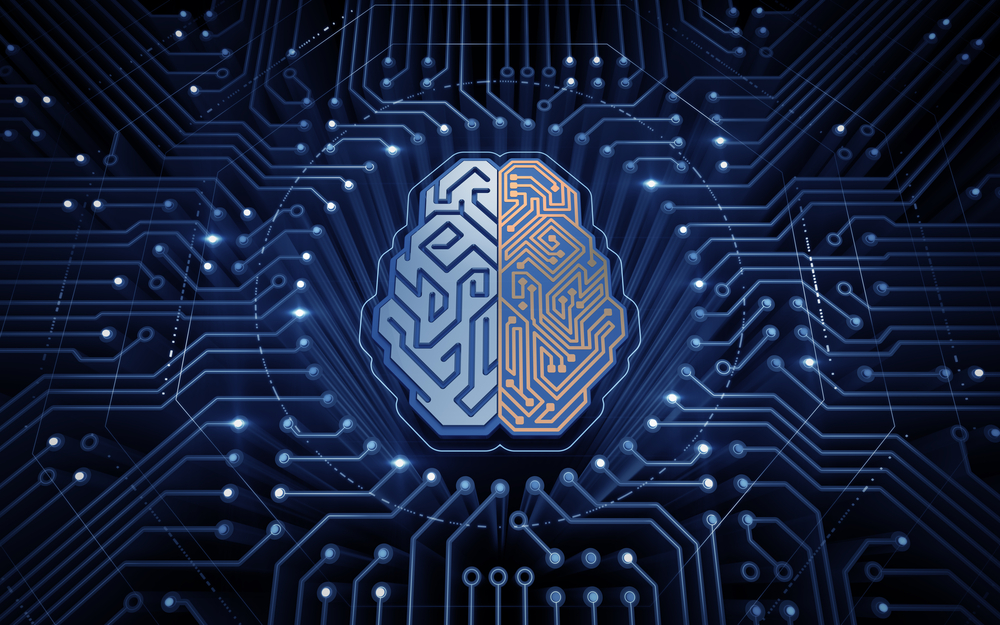Making existing technology more intelligent and efficient is a top priority for many companies. Motorola, a well-known manufacturer in the world of consumer electronics, is looking to improve police body cameras. The partnership between Motorola Solutions and Neurala will introduce artificial intelligence to various body cameras and software solutions.
Artificial Intelligence and Police Body Cameras
The partnership between Motorola Solutions and Neurala took a lot of people by surprise. Both companies endeavor to continue expanding their presence in their respective markets, but using artificial intelligence to develop intelligent cameras is something most people might not be too happy about. This is especially true when it comes to police body cameras and other types of equipment often used by law enforcement agents. However, using AI for this purpose makes a lot of sense.
According to their official press release, Motorola will use Neurala’s AI capabilities in the Si500 body camera. The goal of this partnership is to make the existing technology smarter and more adept at handling different situations. The AI integration will also allow the cameras to automatically search for persons of interest as well as objects which are identified as potential security threats. The bigger challenge will be getting rid of any false positives.
Artificial intelligence can be a valuable ally for citizens and law enforcement. Improving safety and efficiency for consumers and creating safer communities is a noble goal. However, the deployment of AI in a public safety setting raises a lot of questions. Not only are there unique and diverse challenges to deal with, but there is also the risk of creating false positives and even mass panic if things get out of hand. Neurala’s AI capabilities will need to be up to par before they are introduced to the general public.
One thing working in Neurala’s favor is that its AI technology uses a patent-pending learning algorithm to identify people of interest. The company refers to this process as “incremental learning”, which should reduce the risk of forgetting training over time. Contrary to what people may think, neural networks can forget what they are trained to do. By continuously repeating these trained tasks, the solution starts to see them as its natural “duty.”
There are plenty of use cases for AI-driven smart body cameras. Identifying and locating missing children is one example that comes to mind almost immediately. All it would take is showing a picture of the missing person to a police officer and the body camera would immediately start scanning the vicinity for the individual. There is only so much our human eyes can see at any given time, and having an extra set of eyes could make a big difference.
The implementation of this AI solution enables all nearby body cameras to form a “mesh network” of sorts, all of which can execute the same task in different locations. This should speed up the process of tracking down persons of interest and missing individuals, among other tasks. For the time being, it remains unclear when this new technology will be integrated into Si500 body cameras. It will be interesting to see how AI begins to find its way into the daily lives of law enforcement.

